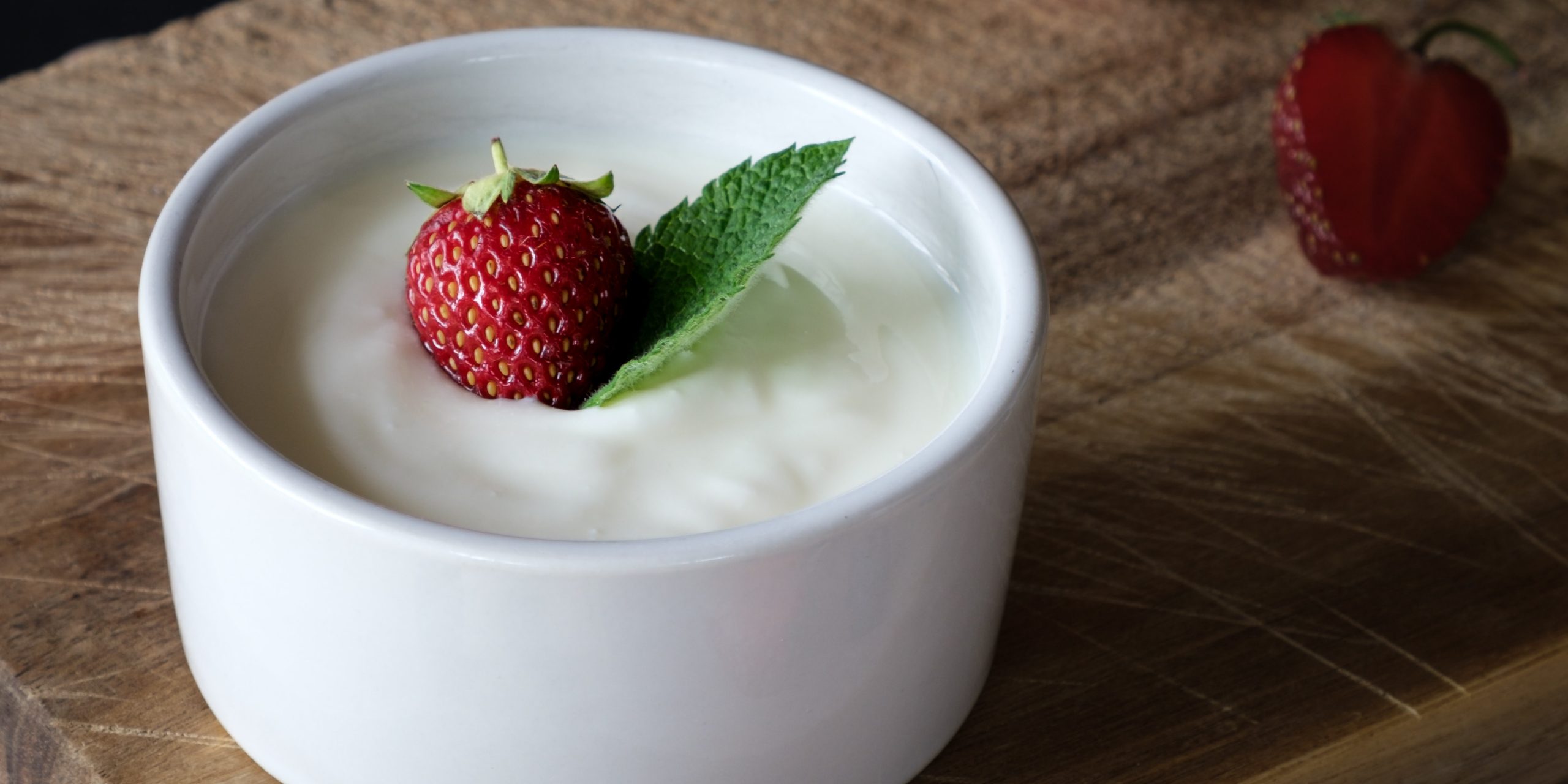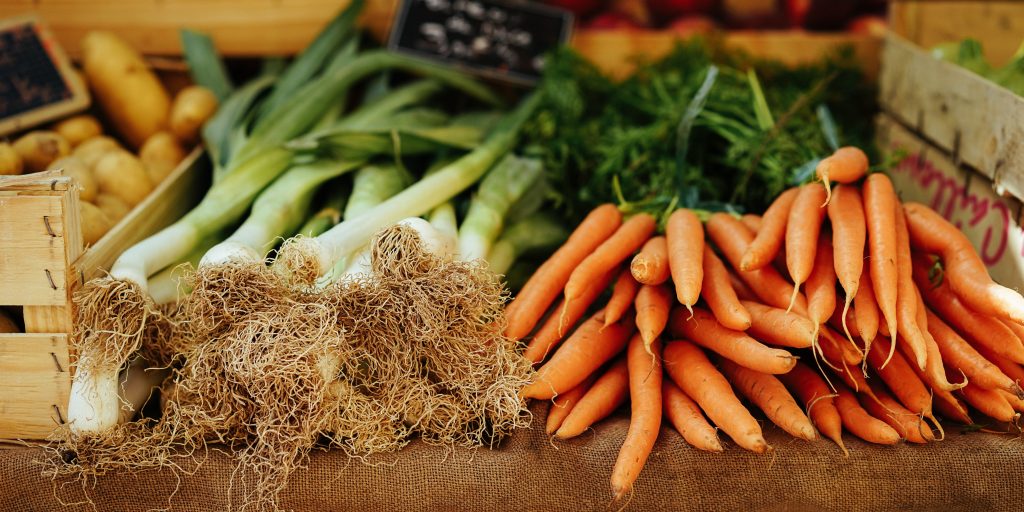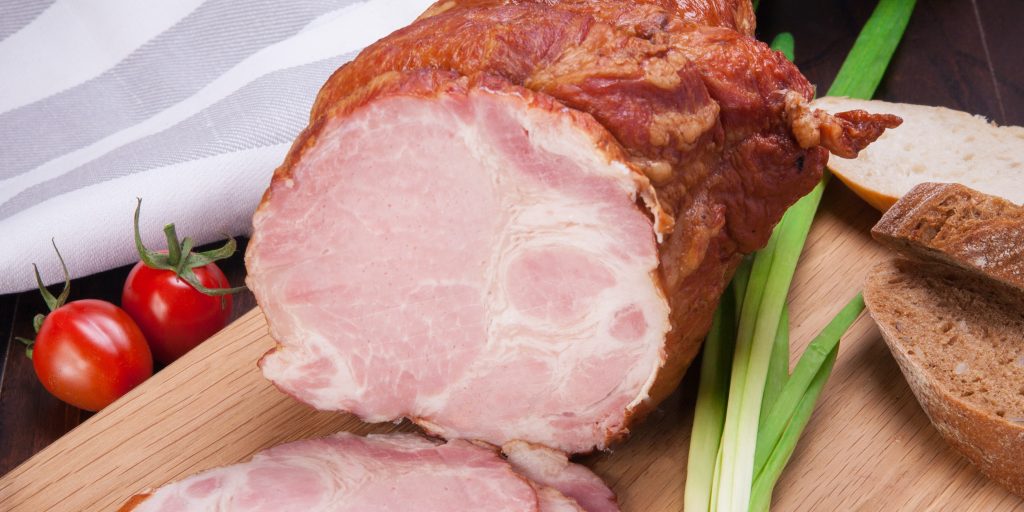
Making homemade yogurt out of local dairy is delicious, cost effective, healthy, and good for you.
Sustainable local dairy is not widely available in Maryland. Buying local milk may be something you have to make a special trip for, and you want it to last as long as possible.
Making homemade yogurt out of your precious milk can extend its lifespan and give additional health benefits.
Yogurt is a staple in many cultures. Rather than selling the over sweetened tiny plastic containers of yogurt at the store, other cultures make their own or use plain yogurt in sauces, recipes, and as is.
Making homemade yogurt means you can avoid the excess plastic, the extra sugar, and the artificial flavorings and dyes that come in many of them. Making homemade yogurt means eating a live food, full of beneficial bacteria.
Homemade yogurt is delicious at any time, and really easy to incorporate into sweet and savory meals and snacks.
Live yogurt is full of nutrients, high in protein, and has probiotic bacteria that help with gut health and may reduce inflammation.
Since yogurt keeps for about two weeks in the fridge, you can buy local milk and when it is getting past the sell by date (milk keeps about 7 days after), you can make yogurt out of it to extend shelf life.
Buying a gallon of milk is much cheaper than buying a gallon of yogurt in tiny containers. You can also make full fat yogurt, something hard to find in the stores.
Making Your Own Yogurt
Yogurt is made by heating milk, adding bacteria, then letting the yogurt ferment at a warm temperature until thickened. It is not hard to make, and bacterial cultures are easy to find.
The bacteria that make yogurt include Lactobacillus bulgaricus and Streptococcus thermophilus. They combine with the milk and after a few hours of a warm temperature around 110-115F, yogurt is made.
These bacteria change the lactose sugars in milk to lactic acid. This thickens the milk and changes the flavor to more tart. Commercial yogurt may add gelatins or pectins to make yogurt thicker, but you can achieve the same result by straining it.
Since there is less lactose in yogurt thanks to the bacteria, people who have lactose intolerance may be able to tolerate yogurt better than milk.
There are plenty of instructions online on making your own yogurt. Serious Eats has some very detailed information about making your own yogurt, along with useful tips. The Kitchn is a bit less technical.
For your first time making homemade yogurt, you can start with plain yogurt from the store that has live bacteria in it as a yogurt culture. There are many ways to keep the fermenting yogurt warm, so choose what works best in your kitchen.
There are dedicated yogurt makers out there. But there are so many ways to keep your yogurt warm that you don’t need a separate machine to do it:
- In the oven with the light on
- In a cooler with warm water
- A dehydrator can keep a constant temperature
- A sous-vide recirculator can too
- An instapot may have a yogurt setting
- Preheated thermoses work
- A slow cooker might work if you can keep the temperature low enough
Scalding the milk before adding your yogurt culture is optional. There are those that say it is needed, and those who disagree. I’ve tried it both ways and liked skipping it, saving time.
They do recommend heating the milk to 180F to make your yogurt richer in the end. See what works for you.
Improving on Your Homemade Yogurt
Making yogurt from storebought cultures (aka probiotic yogurt) works really well. Yet there are other cultures out there to try, and other techniques to play with.
Cultures for Health sells different yogurt cultures that you might want to try. They offer one time use starters and heirloom starters that you can reuse. The cultures have different flavors and thicknesses.
You can also play around with adding dried milk or gelatin to your yogurt to add richness or thickness. Straining it using cheesecloth can also thicken the yogurt into a greek style or even yogurt cheese.
When making homemade yogurt, you can follow the instructions rigidly or you can pay attention to the process. Your culture may take more or less time. You might want to add more or less starter.
Play around with what works best for you, especially if you want to reuse your yogurt to make more batches rather than buying new each time.
If you don’t eat dairy, for whatever reason, you can also make plant based yogurt! Trying making homemade plant milks, then culturing them.
To make a plant based yogurt, you will want to start with probiotic capsules rather than a dairy yogurt started. There is great information online about what kind of probiotics to try.
Some experimentation may be necessary, but the process of making plant yogurt is very similar to dairy yogurt.
Enjoying Homemade Yogurt
Your homemade yogurt is delicious as is, but is also a blank slate for so many options. Make fruity yogurt with homemade jam or preserves. Mix it with cereals or granola and some fresh fruit. Yogurt parfaits make a fancy breakfast or dessert.
A quick creamy salad dressing can be made from your homemade yogurt. You can use yogurt in dips or as a cream cheese substitute as well.
Try making your own frozen yogurt as a healthy treat. If you don’t have an ice cream maker, smoothies are also delicious, or popsicles.
If you have too much yogurt and can’t use it up before it goes bad, you can freeze it. Texture will change, but it is still useful for recipes.
Making homemade yogurt is a great way to save money, extend the longevity of your local milk, and to avoid packaging, sugar, and artificial ingredients. It’s full of healthy bacteria, and great for you and your family!





